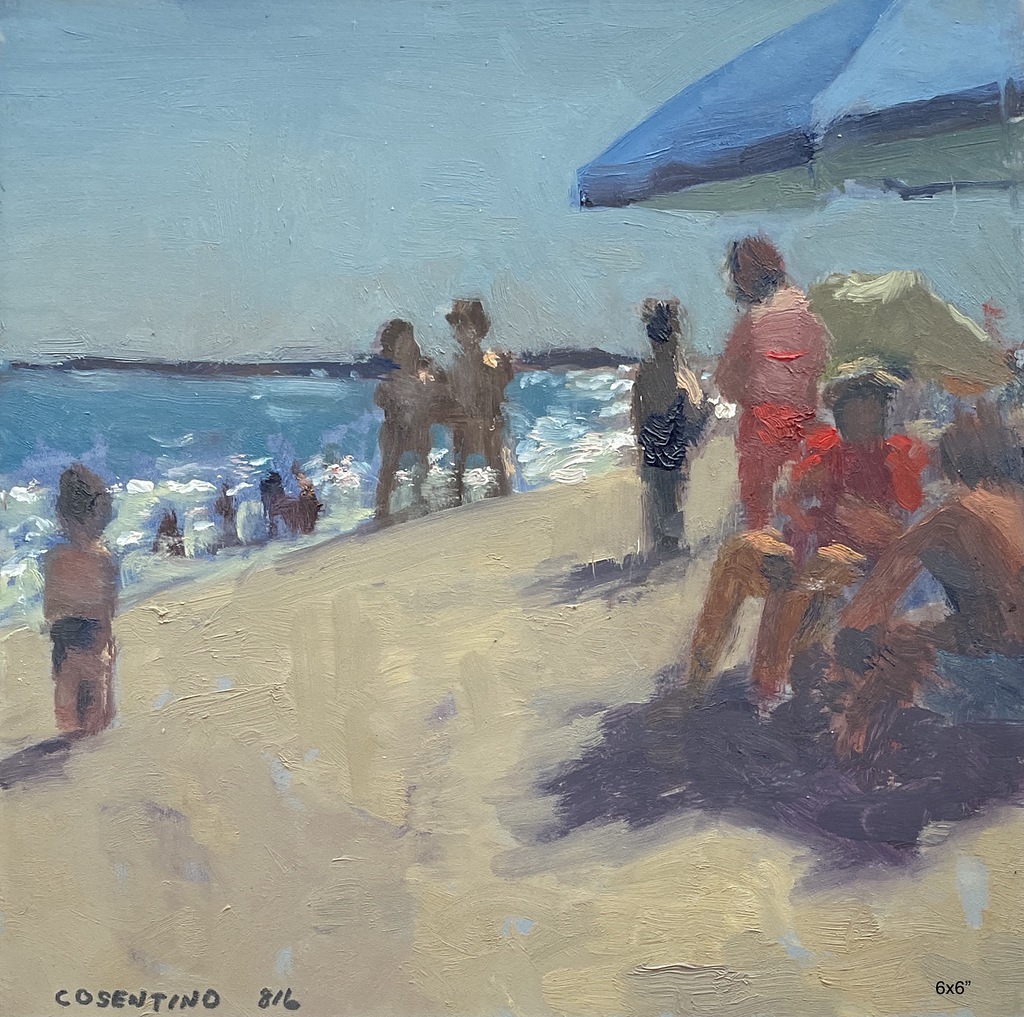The Hundred Flowers Campaign, also termed the Hundred Flowers Movement (Chinese: 百花齐放), was a period from 1956-1957 in the People's Republic of China during which the Chinese Communist Party (CCP) encouraged citizens to openly express their opinions of the Communist Party.
Following the failure of the campaign, CCP Chairman Mao Zedong conducted an ideological crackdown on those who criticized the party, which continued through 1959.
During the campaign, differing views and solutions to national policy were encouraged based on the famous expression by Mao:
"The policy of letting a hundred flowers bloom and a hundred schools of thought contend is designed to promote the flourishing of the arts and the progress of science".
Anselm Kiefer | Let a Thousand Flowers Bloom, 2000 | Metropolitan Museum of Art



.jpg)


.jpg)

